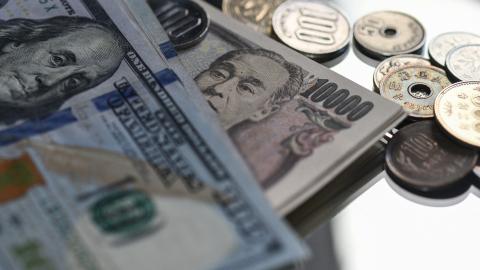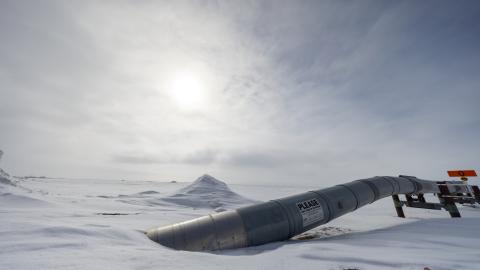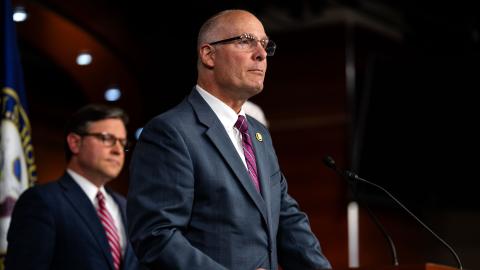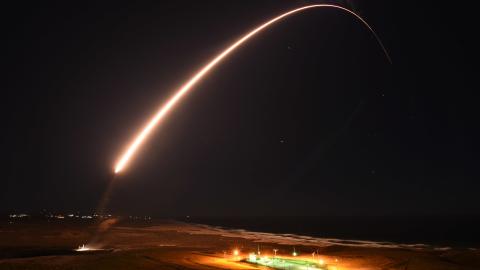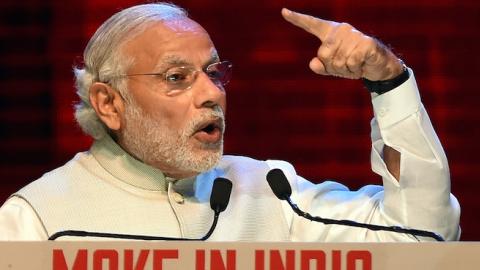Two years after his election as prime minister, Narendra Modi has deepened United States-India relations even if he has not been able to fulfill expectations of revolutionary changes in India’s economic and strategic outlook.
Modi’s election to power in May 2014 generated high hopes in Washington, DC. He was seen as the man who would transform India, changing its direction on foreign and economic policy issues. While Modi has revitalized India’s foreign policy he has been unable to implement critical economic reforms sought by both domestic and foreign investors. India has also witnessed a rise in identity politics and communal incidents that have hurt the country and the government’s image. Still, he can be credited with deepening relations with the United States.
Modi’s image as a business friendly chief minister and his electoral promise ‘minimum government, maximum governance’ created an atmosphere where the new government was expected to cut the Gordian knot of bureaucratic regulations, implement wide-ranging economic reforms and boost India’s growth even further.
Twenty four months later his government has found it difficult to pass key legislation, despite having a majority been waylaid in the Lok Sabha, the lower house of parliament, and been unable to convince members of the ruling party let alone the opposition to support key reforms.
The first two years also witnessed a rise in identity politics, attacks on minorities especially Muslims, accompanied by the demand for a ban on cow slaughter and eating of beef. Since coming to power the Modi government pushed through a number of flagship programs: ‘Make in India,’ ‘Start up India’ and ‘Digital India.’ The underlying principle, however, is decades old: The desire for India to be self-sufficient and manufacture domestically.
‘Make in India’ hopes to convince both Indian and foreign corporates to bring state of the art technology and skills to India and manufacture locally. While $222 billion was pledged during the February 2016 ‘Make in India’ week in Mumbai, as of now corporates appear to have adopted a wait-and-watch policy.
One key concern of companies is the lack of consistency in government regulations and policies. Toyota Kirloskar Motor’s Managing Director Akito Tachibana expressed the concern of many when he stated: ‘We are afraid to invest more in India.’ If Toyota after two decades in India is still wary of further investment what is the likelihood of the $35 billion promised when Japanese Prime Minister Shinzo Abe visited India in December 2015 coming in?
At that time New Delhi in its enthusiasm ignored the words of caution expressed by a Japanese official: ‘The money will be disbursed only when Japanese investors are assured that their money will be properly channelized and utilized. If the promises made by PM Modi are not kept, not a portion of the $35 billion can be expected to enter India.’
While New Delhi can take comfort from the fact that companies are still investing in India, Reserve Bank of India Governor Dr Raghuram Rajan cautioned at being ‘carried away by our current superiority in growth for as soon as we start distributing future wealth as though we already have it, we stop doing what we are supposed to do to keep growing. This movie has played too many times in the past for us not to know how it ends.’
Analysts also worry that Modi ‘seems to have turned his face away from the business of introducing serious reform.’
Foreign policy is one arena in which Modi has passed with flying colors. In this first two years Modi has undertaken 40 international trips and visited five continents. The US has occupied a key place in Modi’s diplomacy with Modi visiting the US four times (September 2014, September 2015, March and June 2016) and President Obama visiting India in January 2015. The frequency and intensity of high-level contacts in the last two years also reflects a growing desire for deeper US-India ties.
India and the US share a common commitment to democracy, pluralism, federalism and their republics. However, over the last seven decades they did not always see eye-to-eye in the realm of foreign policy. India’s nonaligned foreign policy and its aversion to military alliances prevented the creation of tie-ups between India and the US that are similar to those between the US and, its Atlantic or Pacific partners.
India accepted economic and some military aid from the US, but it did not pursue the sort of defense ties that result from buying US military equipment on concessional terms or integrating the training of officers. Similarly, India’s mixed socialist economy did not create those synergies that would boost trade between the two countries.
For the US, a strategic relationship is one in which defense and economic ties are paramount. Today India-US bilateral trade stands at over $100 billion. US foreign direct investment in India stands at $28 billion, making it the sixth largest source of FDI in India and over 65 large Indian corporates have invested over $17 billion in the US.
Defense cooperation between the two countries has grown with the two countries, under the rubric of the US-India Defense Trade and Technology Initiative, collaborating in coproduction and co-development of aircraft carriers and jet engine technology. India and the US also cooperate in other arenas with the US being the country with which India has the largest number of military exercises.
In the field of defense trade, from almost no purchases, in the last few years the US has signed over $10 billion in defense deals with India.
Historically most of India’s defense purchases from the US have been under the government-to-government rubric of Foreign Military Sales. While businesses in both countries are closer today than some years ago, the business-to-business model that is the norm with most American allies is not yet there in this relationship.
India is also different from American allies who buy US defense equipment without insisting on learning how to make it on their own. Self-sufficiency in the area of defense manufacturing has been a long goal, with ‘Make in India’ only being the latest incarnation of that dream.
Washington would like New Delhi to shed its age-old reticence and act as a security provider in the Indo-Pacific region. India has always seen itself as a great power and seeks to exert influence in its neighborhood.
Yet, there are limits beyond which New Delhi has traditionally been reluctant to go. While the two countries host a number of military exercises, India has been reluctant to participate in exercises which appear part of a military alliance.
For a long time India was reluctant to include Japan in the Malabar exercises with the US, but this policy was changed in 2015.
Similarly, while New Delhi sought to purchase the latest American defense technology it was reluctant to sign three key ‘foundational agreements’ that the US signs with all its key partner countries. This appears to be changing and India is expected to sign the agreements soon.
The two countries have come a long way in overcoming their traditional modes of thinking about each other. The US has come to accept India as a partner though not (yet) a formal ally. India is increasingly comfortable with its closer ties to the United States without giving up its desire for strategic autonomy. However, for this relationship to consolidate, India needs to grow at double digits for which it needs sustained economic reform.
Prime Minister Modi has three more years before the end of his first term in office to show his mettle in that sphere.
